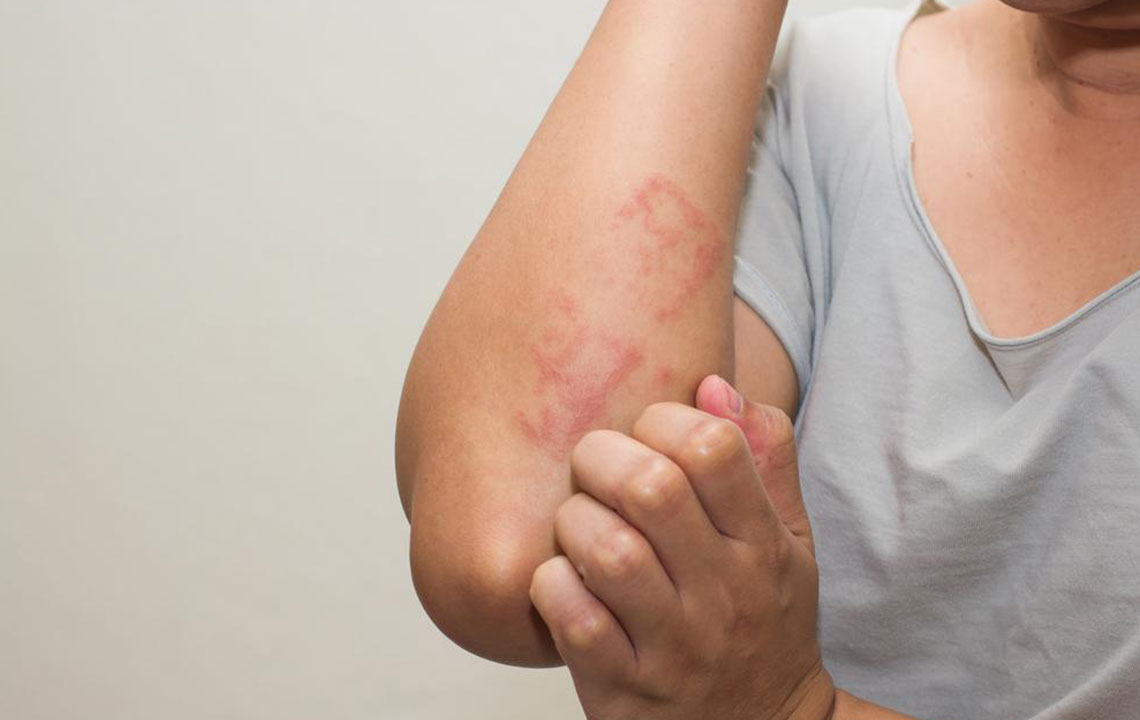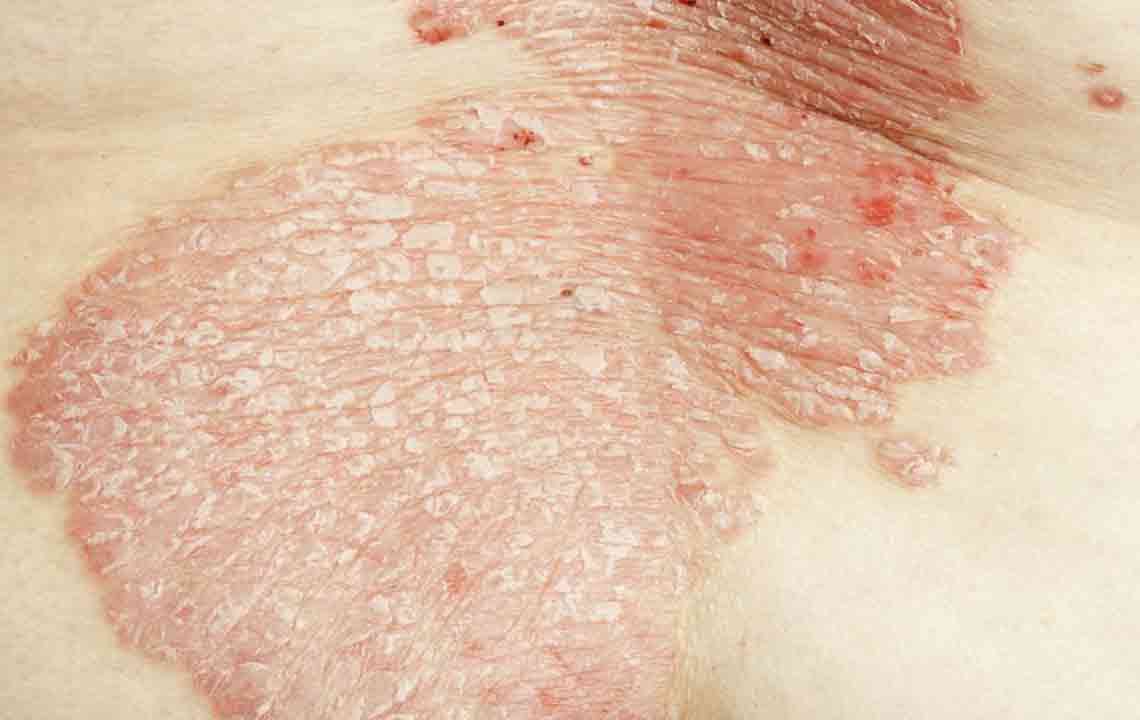In-Depth Guide to Eczema: Causes, Types, and Effective Treatments
This comprehensive guide explores eczema's causes, types, diagnosis, and treatment options. It highlights the importance of understanding triggers, recognizing various eczema forms, and adopting effective management strategies. Whether you're dealing with mild or severe eczema, this article provides valuable insights to help you control and improve your skin health for a better quality of life.

In-Depth Guide to Eczema: Causes, Types, and Effective Treatments
Eczema is a prevalent group of skin conditions characterized by chronic inflammation that leads to itching, redness, dryness, and rough patches on the skin. Known scientifically as dermatitis, eczema impacts millions worldwide and can appear at any age, although it often begins in childhood. This condition is complex and involves a combination of genetic predisposition and environmental factors that trigger flare-ups. Understanding eczema thoroughly is essential for effective management and improving quality of life for sufferers.
What is Eczema and How is it Diagnosed?
Eczema is diagnosed primarily through a detailed clinical assessment conducted by a dermatologist. The doctor examines the skin for typical signs such as redness, rashes, swelling, and skin thickening, as well as noting the distribution and pattern of the lesions. A comprehensive medical history is also taken to identify potential triggers. In some cases, especially if the diagnosis is uncertain or if the eczema is severe or persistent, a skin biopsy may be performed. This involves removing a small skin sample for laboratory analysis to rule out other skin conditions and confirm the diagnosis.
Eczema often manifests in areas with skin folds such as the elbows, behind the knees, and around the neck. In infants and young children, it commonly appears on the face, cheeks, and limbs. Recognizing the signs early and understanding potential triggers is crucial for effective intervention. Identifying and avoiding specific allergens or irritants plays a vital role in disease management.
Proper skin care, including moisturizing and avoiding irritants, is essential for controlling eczema outbreaks. Patients are advised to maintain a consistent skincare routine to keep the skin barrier intact and reduce flare-ups.
Different Types of Eczema and Their Characteristics
Eczema is not a single condition but a collection of different skin disorders with diverse causes and manifestations. There are at least eleven recognized types, each requiring tailored management strategies. Identifying the specific type of eczema helps in devising an effective treatment plan and understanding the prognosis.
Atopic Dermatitis: The most common form of eczema, atopic dermatitis frequently begins in childhood. It presents as dry, itchy, and inflamed skin, often on the face, neck, elbows, knees, and ankles. While associated with allergies and asthma, it can also occur independently. Chronic scratching can lead to thickened skin and secondary infections.
Allergic Contact Dermatitis: This type results from an allergic reaction after contact with specific allergens like poison ivy, nickel, or fragrances. The reaction causes redness, swelling, and blistering at contact sites. Patch testing helps identify specific allergens to avoid future exposures.
Stasis Dermatitis: Usually affecting individuals with poor circulation or venous insufficiency, stasis dermatitis occurs primarily on the lower legs. Symptoms include swelling, skin discoloration, and ulcers in severe cases.
Irritant Dermatitis: Caused by repeated exposure to irritating substances such as soaps, detergents, or chemicals, this dermatitis manifests as redness, burning, and soreness at contact areas. Eliminating irritants and using protective barriers are the main preventive measures.
Fungal Dermatitis: Fungal infections like athlete's foot can mimic eczema, producing itchy, scaly patches. Diagnosis is confirmed through microscopic examination or fungal cultures, and antifungal treatments are effective.
Scabies: Infestation by the mite Sarcoptes scabiei leads to intense itching and rash, often resembling other eczema forms. Treatment involves topical or oral anti-scabetic medications.
Dyshidrotic Eczema: Characterized by small, itchy blisters on the palms and soles, dyshidrotic eczema can be triggered by stress or allergies. It often leads to discomfort and difficulty in hand or foot movement.
Seborrheic Dermatitis: Commonly causes greasy, flaky patches on the scalp, face, and ears, especially in infants (cradle cap). Adult cases may also involve the trunk and other areas rich in oil glands.
Each type of eczema presents with specific signs and symptoms, which help guide diagnosis and management. For example, eczema affecting flexural areas suggests atopic dermatitis, while lower leg involvement may indicate stasis dermatitis.
How is Eczema Treated and Managed?
Effective management of eczema hinges on the severity, type, and triggers. Mild cases are often managed with simple skin care routines, including regular moisturizing with emollients, avoiding known irritants, and protecting the skin from environmental extremes. For more severe cases, medical treatment becomes necessary. Topical corticosteroids are commonly used to reduce inflammation, and in some cases, stronger therapies like oral corticosteroids, immunomodulators, or phototherapy are prescribed.
It is important for patients to adhere to a personalized treatment plan, monitor their skin's response, and adjust measures accordingly. For secondary infections, antibiotics or antifungals may be required. Light therapy, such as UV treatment, might be recommended for stubborn or severe cases. Additionally, addressing psychological stress and managing allergens or irritants effectively can help reduce flare-ups and promote skin healing.
Long-term control involves a holistic approach: maintaining hydration with moisturizers, identifying and avoiding triggers, and adopting lifestyle modifications. Patient education about skin care routines and proper medication use enhances treatment outcomes and improves quality of life.





